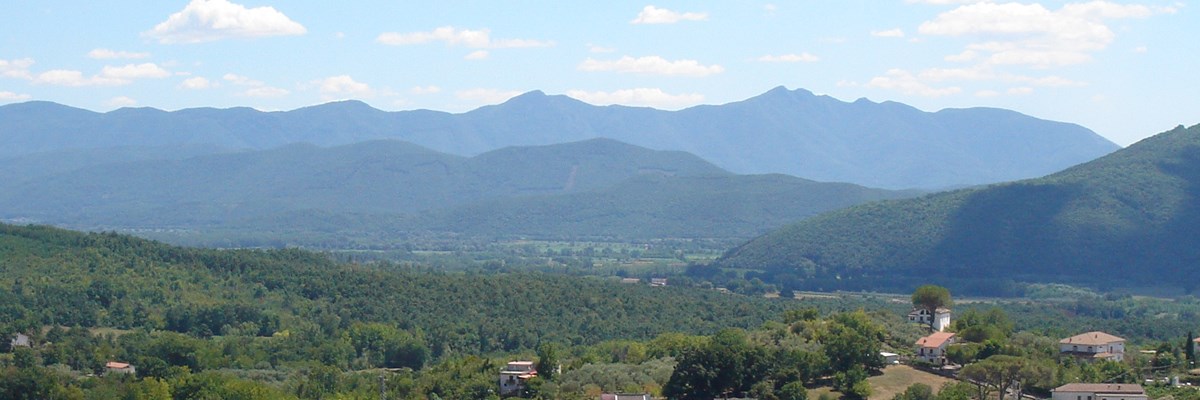Field work in Ailano, Italy, to test advanced CCS monitoring tools

Researchers from Sapienza University of Rome (UniRoma1) and the British Geological Survey (BGS) spent a week in Ailano in early October, 2018, to conduct measurements and collect samples test the sensitivity and practicability of cutting-edge CCS monitoring tools in real-world, large-scale settings.
The area just below the mountain village of Ailano, in south-central Italy, is well known for the large volumes of geologically produced CO2 gas that naturally leaks out of the soil at countless points throughout the valley. Given the fact that these leakage points vary in both size and strength, this area represents an excellent site where researchers can test the sensitivity and practicability of cutting-edge CCS monitoring tools in real-world, large-scale settings. With this in mind, researchers from Sapienza University of Rome (UniRoma1) and the British Geological Survey (BGS) spent a week at this location in early October, 2018, to conduct measurements and collect samples. ENOS research into tools for wide-area coverage included testing by BGS of a new, light-weight open path laser system and a customised, highly sensitive, cart-mounted Los Gatos spectrometer for simultaneous multi-parameter near-surface gas mapping (photo below, left), as well as testing by UniRoma1 of the low-cost, light-weight CO2 Mapper system they are developing (photo below, right). The teams also collected soil gas samples for concentration and isotope analyses, to help define criteria for recognising potential leakage signals, and flux measurements (second picture of the photo gallery below) to better understand leakage pathways and to ground-truth the rapid mapping methods. The large amount of data collected will now be processed and interpreted, with the results being eventually summarised in publicly-available reports and scientific papers.


